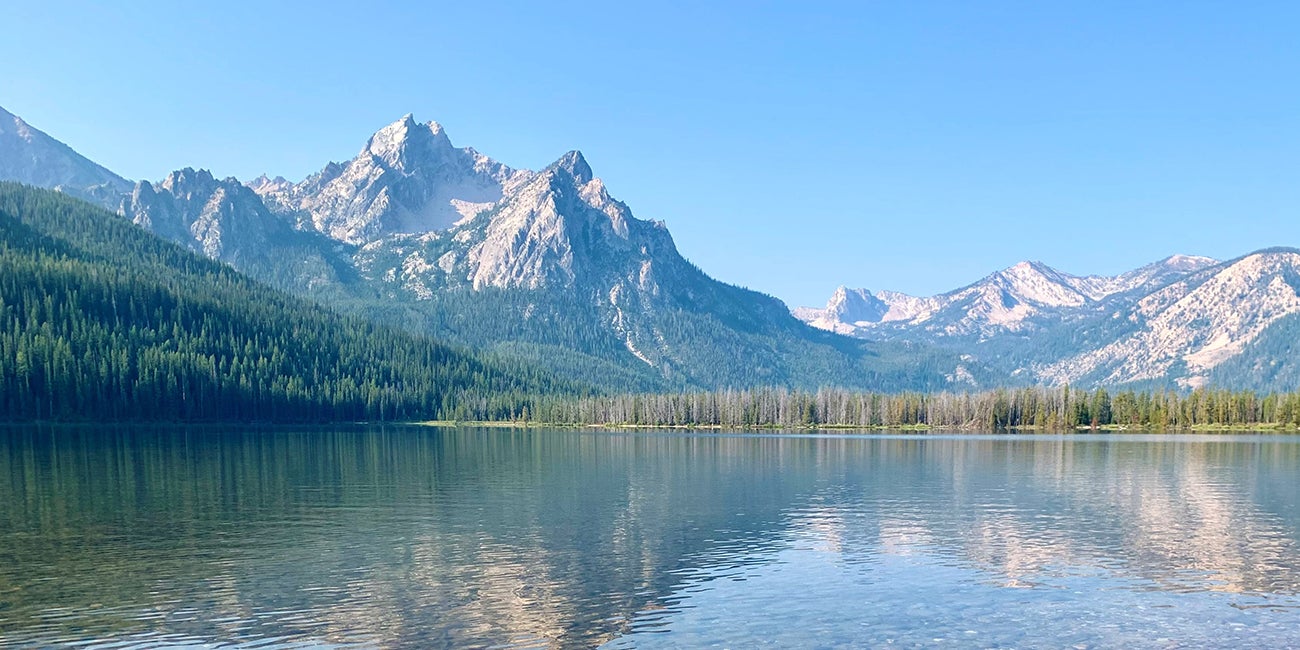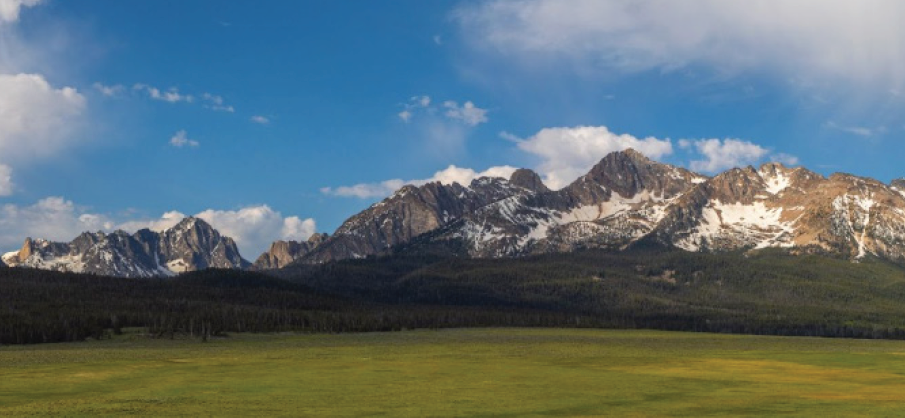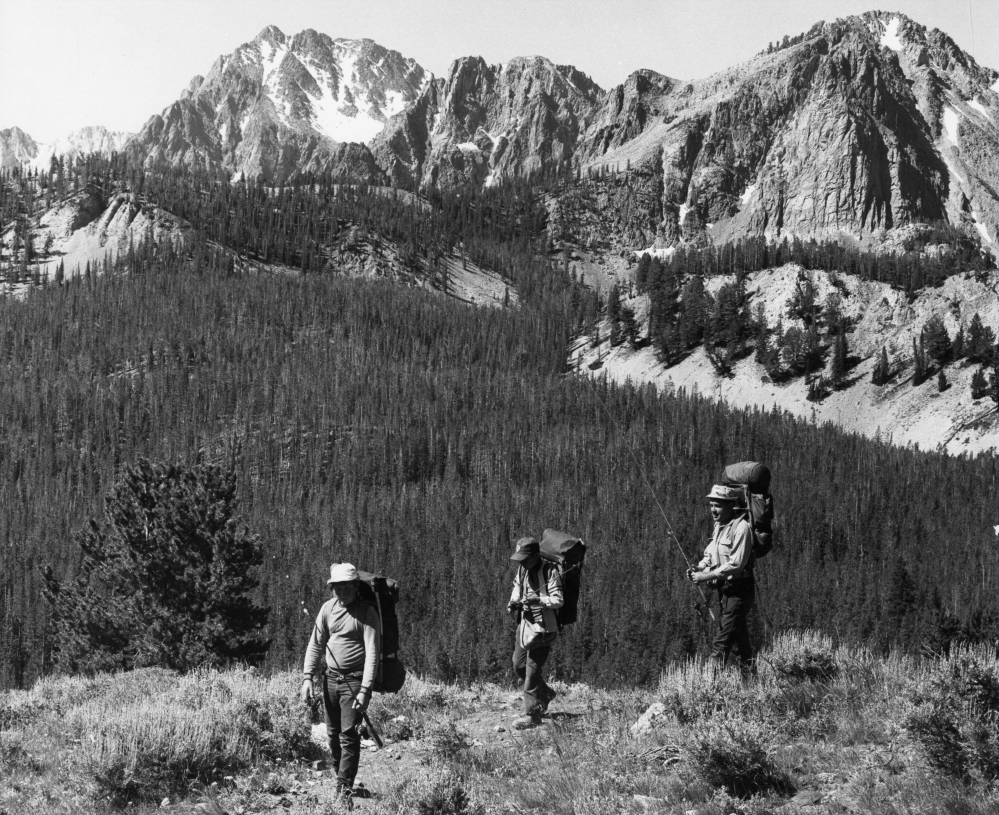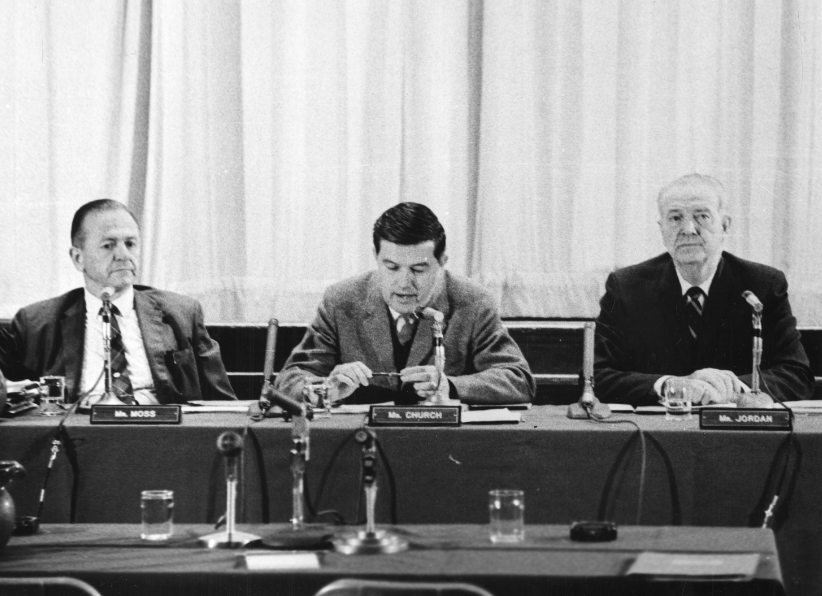
Emily Wakild is the Cecil D. Andrus Endowed Chair for Environment and Public Lands and professor of History in the School of Public Service at Boise State University. Wakild works closely with the Andrus Center for Public Policy on moving forward policy related to the careful stewarding of public lands. She is a member of the design team for Boise State’s new School of the Environment. She earned her B.A. from Willamette University in Salem, Oregon in 1999 and her Ph.D. in History from the University of Arizona in 2007. She is the author of Revolutionary Parks: Conservation, Social Justice, and Mexico’s National Parks, (University of Arizona Press, 2011) and with Michelle K. Berry, A Primer for Teaching Environmental History (Duke 2018) both of which have been translated into Spanish.

National parks are among the most popular destinations for summer travel across the U.S. But in recent years crowds have swelled so dramatically that some of the most popular parks – including Yosemite, Acadia, Rocky Mountain, Glacier, Shenandoah, Zion and Arches – have started requiring advance reservations. So have specific hikes and scenic drives at other parks.
But many scenic conservation areas don’t carry the high-profile brand of national parks. A prime example in my state, Idaho’s staggeringly beautiful Sawtooth National Recreation Area, celebrated its 50th anniversary on August 22, 2022. As an environmental historian, I believe it’s important to appreciate how less-known sites like this have conserved some of the most spectacular resources in the U.S. for the public to enjoy.
Varied Approaches to Conservation
Different types of public lands have varying missions. For example, national parks are charged with promoting enjoyment of special places and preserving them “unimpaired” for the future.
In contrast, national recreation areas’ core mission is public recreation in the present. They offer opportunities for everything from snowmobiles and all-terrain vehicles to fly fishing and scenic touring. As you can imagine, these uses aren’t always compatible.
NRAs are designated by Congress and managed by a range of federal agencies, including the U.S. Forest Service, the National Park Service, and the Bureau of Land Management and sometimes though partnerships across these agencies. The first national recreation area was created in 1936 around Arizona and Nevada’s Lake Mead, an artificial reservoir created by the construction of the Hoover Dam.
Some NRAs are extremely popular. For example, Golden Gate NRA in San Francisco, which includes Alcatraz, Muir Woods, and the Presidio, hosts more than 15 million visitors each year.
Idaho has more acreage in National Recreation Areas than any state, but no national parks. This may seem surprising, given that it has more wilderness and roadless areas than any state in the Lower 48. The reason lies in a long history of local conservation and collaborative, bipartisan decision-making.
On Tuesday, May 24, 2022, the Andrus Center for Public Policy hosted a one-day virtual conference to celebrate the 50 year anniversary of the Sawtooth National Recreation area, the explore the legacy and to assess the future challenges for this sanctuary of wilderness peaks, flowery meadows, and mountain lakes over the next 50 years. A conference report includes a summary of participants and overview of findings and recommendations.
High Refuge in the Sawtooths
The Sawtooth NRA stretches across 756,000 acres (305,000 hectares) in the center of Idaho, an area nearly the size of Rhode Island. It contains 40 peaks over 10,000 feet high, more than 300 alpine lakes and 700 miles of hiking trails, and has a deep and significant history.
Sockeye salmon (Oncorhynchus nerka) – one of five western salmon species that migrate from inland waters to the Pacific ocean – nourished the ecosystem of the Sawtooth River Valley by providing food for bears, wolves, raptors, and people.
The Shoshone and Bannock peoples used the cycles of the Sockeye’s life to create refuge in the Sawtooths’ scenic but inhospitable peaks. They were forcibly removed in the late nineteenth century but portions of the Sawtooths continue to be used for traditional hunting and harvesting, despite the slow and steady growth of white settlement.
Balancing Extraction and Local Use
Through the mid-20th century, Idaho developed as a politically conservative state with an economy that relied on industries like agriculture, lumber and mining. But residents also valued the outdoors as a place to hunt, fish and camp. Congressional proposals for a Sawtooth National Park date from the 1910s but World War I prevented serious deliberation. In 1935, Idaho U.S. Senator James Pope resurrected the idea but ran into serious opposition from land-use interests and the U.S. Forest Service which opposed losing the area to the National Park Service. Demonstrating their capacity to preserve, the Forest Service in 1937 gave the high peaks an administrative designation “Sawtooth Primitive Area” where stricter regulations would protect high elevation lands.
By 1960, Idaho U.S. Senator Frank Church launched efforts to protect the area, first with legislation proposing a National Park “study” for the Sawtooths and several different land protection bills. The idea for a National Recreation Area emerged from the joint study by the departments of Interior and Agriculture. In this proposal, the Sawtooth mountain range would stay within Forest Service management and additional authority would target protecting the scenic integrity of the Sawtooth Valley which was being lost to subdivisions on private lands.
While consensus on these aspects developed, a public debate over a proposed molybdenum mine pitted resource extraction against conservation, with surprising results.
Mining Motivates Conservation Action
New York based American Smelting and Refining Company (ASARCO) began in 1967 quietly exploring mineral development in the White Cloud mountains. (The White Clouds are located to the east of Sawtooth Valley while the Sawtooth range is to the west). ASARCO was specifically looking for deposits of molybdenum, an element used to strengthen steel used for engines and alloys. Support existed for the proposed open pit mine from business establishment and Republican Governor Don Samuelson. But, as knowledge of the potential mining activity spread, significant opposition developed against the Forest Service issuing permits for expanded mineral exploration.

In response, the Senate version of the proposed Sawtooth NRA was expanded to include the White Cloud mountains area in 1969. While efforts to enact the legislation stalled, in the 1970 Idaho gubernatorial election widespread local opposition to the proposed molybdenum mine on Castle Peak in the White Cloud mountains enabled Democrat Cecil Andrus to unseat Governor Don Samuelson. Andrus became the first Democrat elected to govern Idaho since 1945.

Andrus advocated for protection of the White Clouds as a centerpiece of his campaign. This included a U.S. House committee hearing in Sun Valley in August 1970 where several U.S. House members visited the Sawtooth backcountry prior to the hearing to consider legislation to protect the White Clouds from mining operations and the larger Sawtooth area.
The committees considered a range of designations: Andrus testified in support of a combination National Park- National Recreation Area proposal to assure hunting rights, prevent destructive mining, and assure scenic qualities. In the end, the Recreation Area bill passed Congress and was signed into law by President Nixon on August 22, 1972.

The 1972 Sawtooth NRA Act (PL-92-400) withdrew National Forest lands from mining proposals and prevented 1960s-style ranchettes through purchase of scenic easements on the private lands while retaining the aesthetic character of the valleys. The legislation also authorized a study of National Park status, which kept the Park idea alive for a few more years and assuaged Andrus and other Park idea supporters. When the study was completed in 1977, it was sent to Andrus, who then served as the Secretary of Interior, and he concluded that NRA was the way to go.
The Sawtooth NRA upholds the integrity of the backcountry with all of the associated protection of fisheries and wildlife plus it prevents the front country from sprawl and land division. The Act was unanimously supported by Republicans and Democrats on the Idaho Congressional delegation and the state’s Governor.
Most Idaho politicians came to see the Sawtooth NRA as the right proposal at the right time.
Protection Expands in the Long Term
Bipartisan consensus to protect charismatic places still exists. In the half-century since the Sawtooth NRA was created, Republicans and Democrats have added to the core designation with varied protections.
One source of great debate was whether and how to add wilderness protection–the strictest federal protection available through Congress via the Wilderness Act of 1964. Wilderness prohibits all but the lowest impact uses in an area. Much of Idaho has wilderness character but lacks local or political will to mandate management for it. For example, snowmobiles and mountain bikes are not allowed in wilderness for the disruptions they cause to wildlife.
In 2015, Idaho Republican Representative Mike Simpson successfully passed a Wilderness Bill designating three areas within the Sawtooths as wilderness and releasing four areas to multiple use activities, such as snowmobiles. The middle ground came by selecting just which lands would suit desired uses–recreation or unimpaired habitat – and aligning the appropriate designations. By sitting down over maps with constituents, compromises over use and designation were forged one parcel at a time. If the area had been a National Park this flexibility would have been restricted if not impossible.
The SNRA faces challenges – climate change, wildfire, population pressure, Tribal collaboration, overuse, episodic funding, and more. Perhaps one of the greatest challenges National Recreation Areas face is the lack of public understanding and recognition of the compromises they embody. The Sawtooth NRA provides an anchor in a connected, contiguous, and charismatic landscape that allows conservation to proceed in a manner that works for many Idahoans. The absence of a National Park in Idaho says more about Idaho than it does about National Parks. Most Idahoans prefer flexibility over fame and compromise over strict conservation.